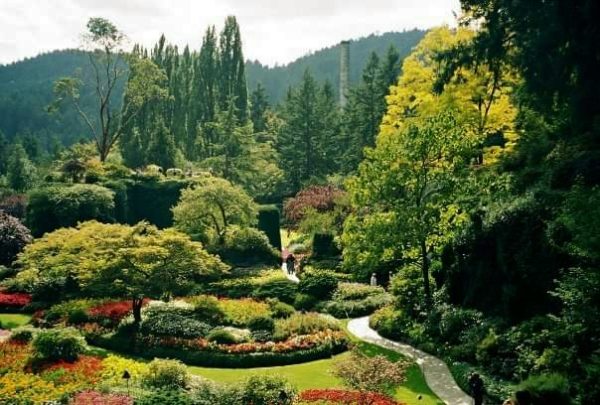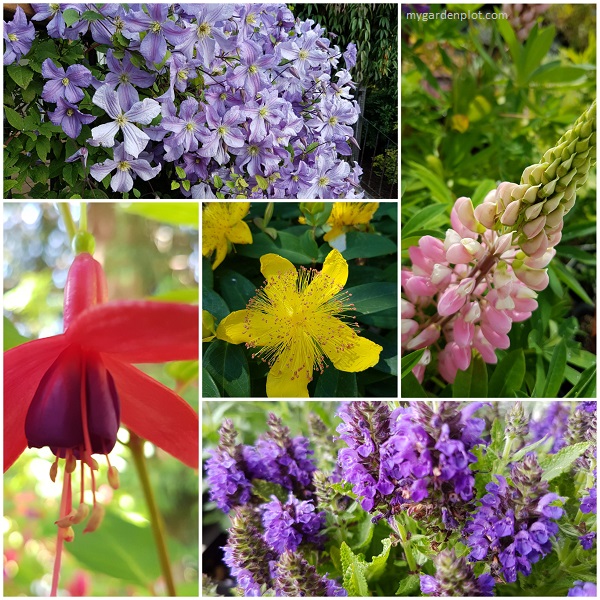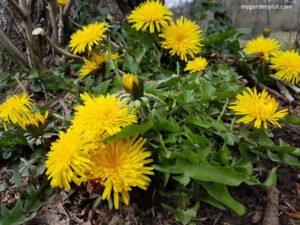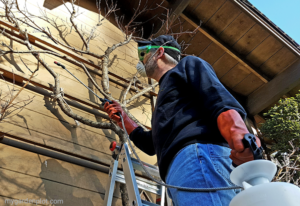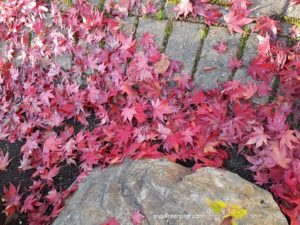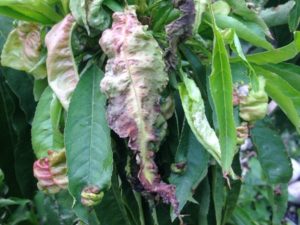Glossary On Plant Types And Terminology Explained
Are you new to gardening and learning about the different plant types? This glossary on plant types will help you with understanding what it all means. With a multitude of different things to remember, choosing the right plant type is essential. Following is a quick guide to plant varieties and descriptions to help you when you are just starting out landscaping.
Annual: Plants that complete their life cycle in a single season are referred to as annuals, such as the cheerful nasturtiums.
Biennial: Plants that complete their life cycle in two seasons are described as biennials; for example, parsley is a biennial herb.
Bulb: Bulbs, more correctly Bulbous Plants, produce an underground fleshy organ. The bulb is formed by the plant leaves or stem. Tulips are a classic and well-known bulb.
Climber: Plants that can climb on their own such as self-clinging or have long flexible stems that need to be supported, such as with a trellis. Climbers can be evergreen, deciduous or annual. And you can get a climber genus with species that has both evergreen and deciduous, such as the clematis.
Deciduous: Plants that shed their foliage annually are known as deciduous. For example, Beautyberry and Forsythia are deciduous shrubs, and Flowering Dogwood Tree and the Star Magnolia are deciduous trees. See more examples: Deciduous Plants
Dioecious Plants: When plants are either male or female, they are called dioecious plants. This means that pollen is required from a male plant of the same type to pollinate a female plant to form fruit and set seed. The male and female plants need to be planted close proximately to the other. Examples include Ilex (holly), Aucuba japonica (Japanese Aucuba, Spotted Laurel) and Skimmia japonica (Japanese Skimmia).
Evergreen: Perennial plants that remain green throughout the year are known as evergreens. Note that you can get semi-evergreen, which is a plant that sheds some but not all of its leaves over the winter. Camellias are evergreen shrubs.
Herbaceous: A plant that does not have a woody stem, and dies back in fall (autumn) or winter, but grow back again in the spring, is called herbaceous perennial. For example, the beautiful Nerine bowdenii and the Pacific Northwest native Western Maidenhair Fern, are both herbaceous perennials that go dormant over the winter and regrows in the spring season.
Perennial: Plants that live for three years or more are known as perennials. For examples see: Perennial Plants
Shrub: Plants that bear several woody stems from ground level as described as a shrub. Shrubs can be small or larger and resembling a tree. For instance, large rhododendrons can tower over a house, and they are still considered a shrub.
Tender Perennial: This term is applied to perennials that are vulnerable to frost damage. A tender perennial example is a half-hardy fuchsia.
Tree: Single stem woody plant with supporting branching head.
Garden Design By Plant Types And The Four Seasons
A good garden arrangement incorporates a mix of evergreen and deciduous plants that feature at various seasons. Select plants that showcase in spring or autumn. Gardens that only show well in summer may look dull during the other seasons of the year.
From the above list, you can get an assortment of plant variations and types, such as evergreen shrubs or evergreen trees like conifers or deciduous woody shrubs like a tree peony. The first step is to ask yourself whether you want a permanent feature or a temporary plant display. Trees and large shrubs are your backdrop in the garden and need careful planning to eliminate extra work or problems down the road. Next, are you looking for low maintenance or minor pruning, and do you want leaves to stay on the plant over the winter?
